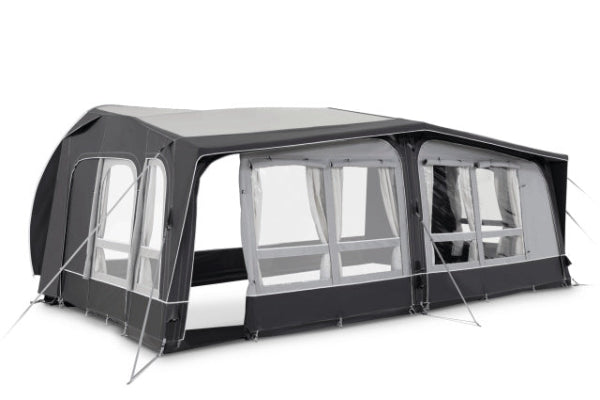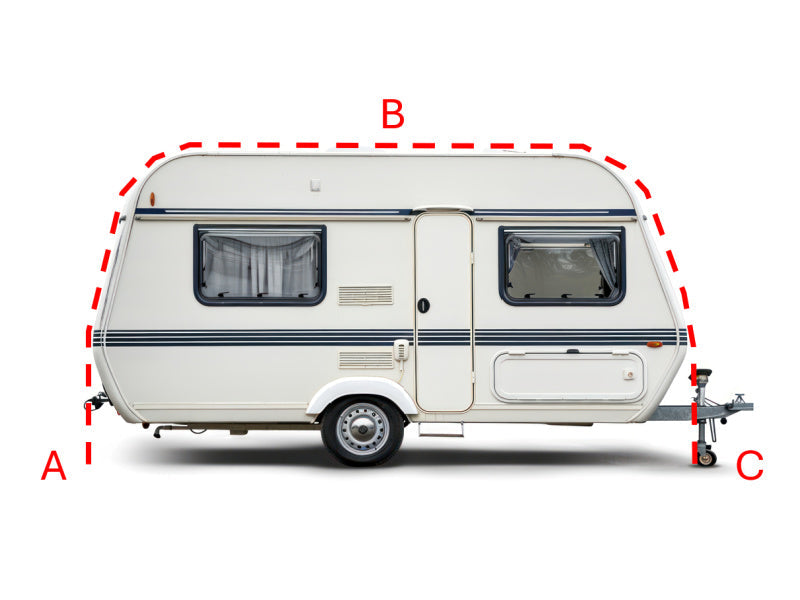Renogy vs Victron: Choosing the Right Solar Charge Controller
Renogy or Victron? Quick answer: Renogy’s cheaper and solid for beginners; Victron’s smarter, tougher, and better for serious setups. Whether you’re powering a shed, boat, or your entire caravan kingdom, we’ll break down charge controllers and portable power stations so you pick what truly suits your solar lifestyle.
Brand Fundamentals & Key Differences
When comparing solar charge controllers, Renogy and Victron are two of the most recognised brands on the market.
Both offer a range of components suited to everything from portable power stations to full off-grid installations. The key difference? Renogy is typically more budget-friendly and beginner-oriented. Victron, on the other hand, leans towards professional-grade setups with smarter features and greater long-term value.
In the UK, where solar conditions vary widely, choosing the right brand can seriously impact performance and reliability.

Renogy: The Champion of Budget-Friendly Solar
Renogy is well-known for delivering reliable solar tech at competitive prices.
Their Wanderer PWM series offers simplicity for smaller systems, while the Rover MPPT range brings improved efficiency for medium to large setups. These controllers are popular among DIYers and budget-focused users.
Renogy also offers all-in-one kits, making them an appealing option for beginners stepping into solar.
Victron Energy: The Professional's Choice for Advanced Systems
Victron sets the benchmark for robust, feature-rich solar systems.
Their BlueSolar PWM line is affordable yet durable, and their SmartSolar MPPT controllers are well-regarded for precision, remote monitoring, and efficiency—especially in the UK's grey skies. Victron’s products are often favoured for marine setups, caravans, and more demanding off-grid applications.
The brand is also known for its integration potential, making it ideal for smart homes and expanding systems.
At a Glance: Price, Warranty, and Support
| Brand | Price Range | Value for Money | Warranty & Support |
|---|---|---|---|
| Renogy | £100–£500 | High | Good support, 1–5 years depending on product |
| Victron | £150–£700 | High | Extensive global network |
Renogy keeps costs down while offering good value, but Victron stands out with its longer warranties and worldwide support infrastructure.
Component Deep Dive: Renogy vs. Victron Product Lines
Head-to-Head Component Comparison
Let’s explore how each brand’s core components measure up side-by-side.
MPPT Solar Charge Controllers: Renogy Rover vs. Victron SmartSolar
The Renogy Rover MPPT offers over 95% efficiency, a clean interface, and solid performance in cloudy conditions. It's a great step-up from PWM for those wanting more power extraction.
Victron SmartSolar MPPT takes it further. It features adaptive charging, Bluetooth monitoring, and high tracking precision. This controller excels in low light and variable weather—exactly what a UK system needs.

Inverters and Inverter/Chargers: Renogy Pure Sine Wave vs. Victron MultiPlus
Renogy Pure Sine Wave Inverters are straightforward, easy to install, and reliable for general use. They're well-suited to smaller off-grid or vehicle-based systems.
Victron MultiPlus combines inverter and charger functionality in one compact unit. It allows for seamless AC transfer and parallel configuration—ideal for larger homes or mobile setups where flexibility and control are essential.
Battery Technologies: Renogy LiFePO4 vs. Victron Smart Lithium
Renogy’s LiFePO4 batteries are durable and priced well. They include built-in protection features and are a reliable choice for standard off-grid projects.
Victron Smart Lithium batteries, meanwhile, come with integrated Bluetooth, superior cycle life, and excellent compatibility across their ecosystem. They cost more but deliver smarter, longer-lasting power.
The Ecosystem Experience: Which Brand Works Best for You?
The User Experience and Smart Ecosystem
When building a full solar setup, user experience matters. Both Renogy and Victron have developed ecosystems—but Victron’s stands out for its integration depth.
System Monitoring: Renogy BT App vs. Victron VRM Portal
Renogy’s BT app allows local monitoring of charge controller stats and battery levels. It’s simple, works over Bluetooth, and gets the job done.
Victron’s VRM Portal, on the other hand, enables remote system access via cloud. You can tweak settings, check performance, and log data from anywhere in the world. It's particularly useful for larger systems.
Bluetooth Connectivity and App Functionality
Renogy offers optional Bluetooth modules, with a fairly basic app interface. It’s fine for checking essentials.
Victron builds Bluetooth into many of its devices, giving a seamless out-of-the-box experience. Their app is more advanced, with real-time metrics and multi-device control.
Integration, Scalability, and The "Smart" Experience
If you’re planning to scale up later, Victron wins here.
Their components are designed to talk to each other, whether it’s battery management, charge control, or inverter sync. Renogy's ecosystem is more modular but not as tightly integrated, which may limit future upgrades or automation.

The Final Verdict: Which System Is Right For You?
The Case for Renogy: For the DIY Enthusiast on a Budget
Renogy is ideal if you're starting small or working with a tight budget.
Their kits are simple to install and offer good value for the price. Whether it's a portable power station, a campervan, or a garden shed setup, Renogy makes solar accessible without the bells and whistles.
The Case for Victron: For the Power User and Off-Grid Professional
If you want long-term performance, flexibility, and smart control, Victron is the clear winner.
From boats and cabins to remote homes, Victron thrives in complex environments. It’s a bigger upfront investment—but it pays off in features, scalability, and peace of mind.
The Hybrid Approach: Can You Mix and Match Components?
Yes, in many cases you can use Renogy panels with Victron controllers, or Victron batteries with other brands.
Just ensure electrical compatibility—particularly voltages and current limits—and be aware that smart features won’t always carry over across brands. For best results, stick to one ecosystem if possible.





Leave a comment